Brooklyn-based writer Cate La Farge Summers is a Nantucket native and contributing editor for One Kings Lane. Get to know Cate in her monthly columns that run the gamut from decluttering her home Kondo style to learning how to make the perfect apple pie.
For those of us who consider tea a boring second cousin of coffee or requiring some sort of esoteric knowledge, it’s high time to get reacquainted. Tea drinking, of course, has a vast history in countless other cultures, and in the United States, tea shops springing up in emerging neighborhoods are remaking tea’s stateside reputation. It’s no longer a choice of Lipton or high tea at the Ritz; age-old teas such as matcha (seemingly on every café menu these days) and magical pu-erh (“the world’s most coveted Chinese tea,” according to Saveur) are having a major moment.
Bellocq, a tea company discreetly tucked into a quiet corner of Brooklyn, might be offering the best initiation into the new American take on tea. The small company walks a fine line: It sources and blends the finest teas around—organic, full leaf, single-estate grown (more to come on these in a bit)—while aiming to take the elitist edge out of tea drinking. Founded by Heidi Johannsen Stewart and Michael Shannon, business partners who originally worked at Martha Stewart Living together, Bellocq has gained heavy-hitting international credibility—Harrod’s in London and chic stores in China and Japan stock its canary-yellow canisters, as do more-local foodie meccas such as Gjelina in Los Angeles.
On a crisp morning at their shop and atelier, Heidi and Michael taught me to retool my relationship to tea and how to tap into tea’s real magic—nonjittery energy, a sense of well-being, even daydreamy nostalgia—amid the madness of a typical day. Here’s what I learned.
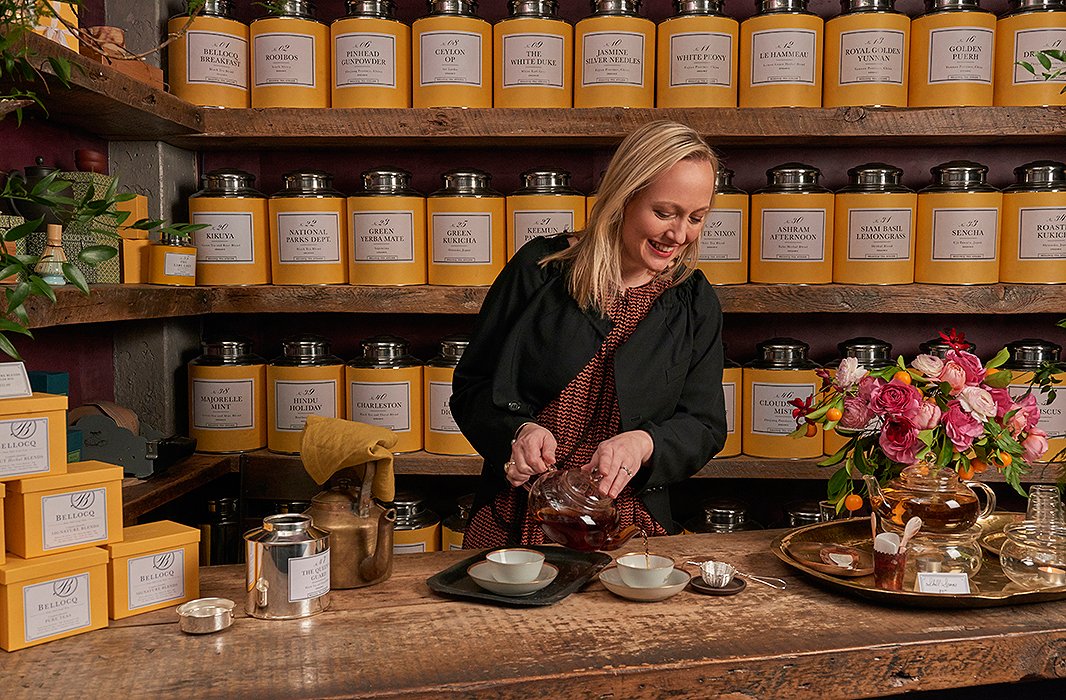
Juggling raising two children with running a company, Heidi focuses less on the health benefits of tea and more on its ability to lend the right lift and alertness throughout the day—without the postcoffee crash.
Lesson #1: Don’t Drink It to Feel Virtuous
Why are so many of us late to the tea party? We’ve probably all read that green tea, for example, is a health-giving miracle drink, but that hasn’t necessarily turned us all into green-tea devotees. When I ordered a matcha latte recently, the guy next to me said, “What is that, spinach coffee? I guess it must be good for you,” and clutched his red eye close.
Rather than trying to persuade people to drink more tea with a hold-your-nose-and-take-your-medicine argument, Heidi and Michael talk about tea as an indulgence, a form of self-care or generosity toward others, a daily treat. They adore the effect that only tea can give—“a bright alertness,” Heidi calls it—with the tea’s ever-present polyphenols bringing a calming balance to the caffeine and keeping the tea drinker on an even keel. All the healthful benefits are just a bonus.

[In coffee culture] we’ve gone from Folgers Crystals to latte art. The same sort of evolution is happening in tea.
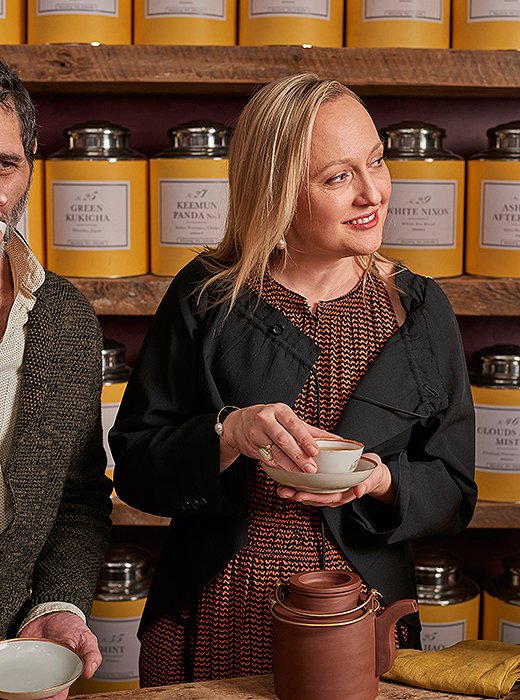
Heidi often describes teas as an oenophile might describe particularly evocative wines—one might have “a very light, high, dreamy energy,” while another could be “toasty, with wildflower honey running through it.”
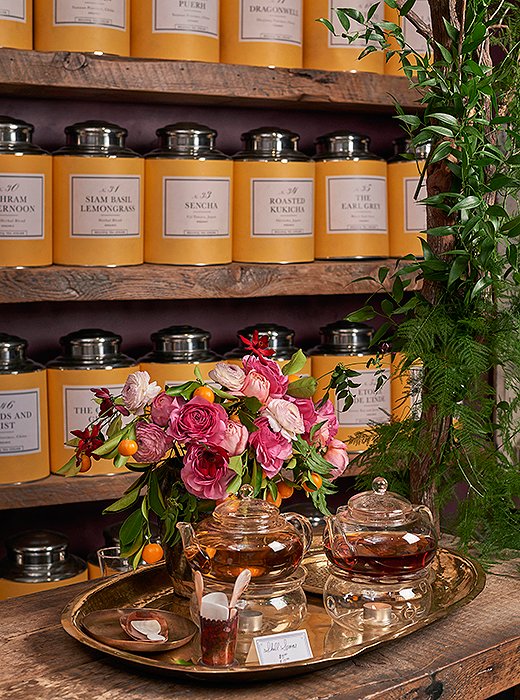
Glass teapots look chic and show off the beauty of good tea leaves.
Lesson #2: No One’s Trying to Take Away Your Coffee
It helps not to think of tea as an either/or choice—make a cup of tea as something you’re adding into the daily mix, not as something replacing your precious morning cappuccino. “We’re not anticoffee here at all—we certainly can all use that big push sometimes,” says Heidi.
As for tea preparation—the equipment, the steeping—seeming a tad elaborate, Heidi counters that so many of us have managed to get more sophisticated about how we consume coffee: “We’ve gone from Folgers Crystals to latte art. The same sort of evolution is happening in tea.” The big driver is that fine blends are becoming more widely available, so our palates are evolving beyond Constant Comment (as comforting as it still can be.)
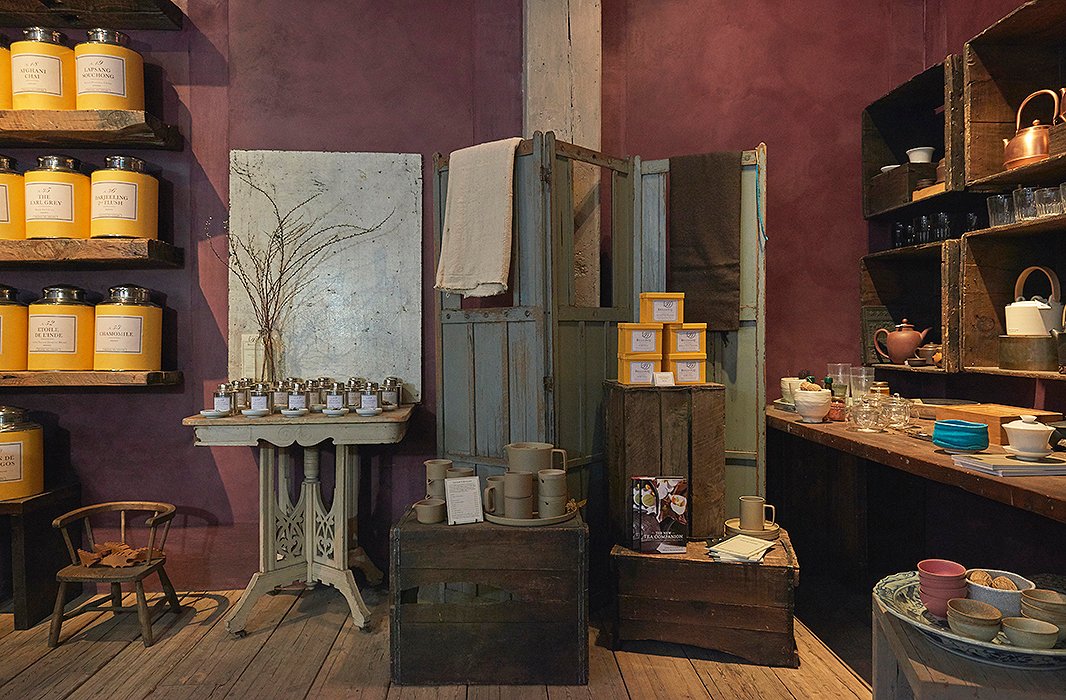
Scott Stewart, Heidi’s husband and the third partner at Bellocq, is an interior craftsman who helped bring about the atelier’s mix of monastic, romantic, and earthy sensibilities.
Lesson #3: Make the Visuals Part of the Treat
Whether it’s 10 minutes with just you, your favorite mug, and the morning light, or ginger tea in antique cups with a few bars of good chocolate to finish a dinner party, drinking tea can be, as Michael puts it, “an aesthetic experience in itself.”
If you don’t already own a cup or cozy that you want to reach for again and again, treat yourself to one. Tea culture has produced some of most fun pieces to collect—that goes for the Royal Copenhagen teapots and the antique silver strainers but also the comforting earthenware mugs and the candy-colored kettles. And if Bellocq has convinced us of one thing, it’s that sifting leaves from gorgeous tea canisters and caddies adds to the delight of the tea-drinking ritual.
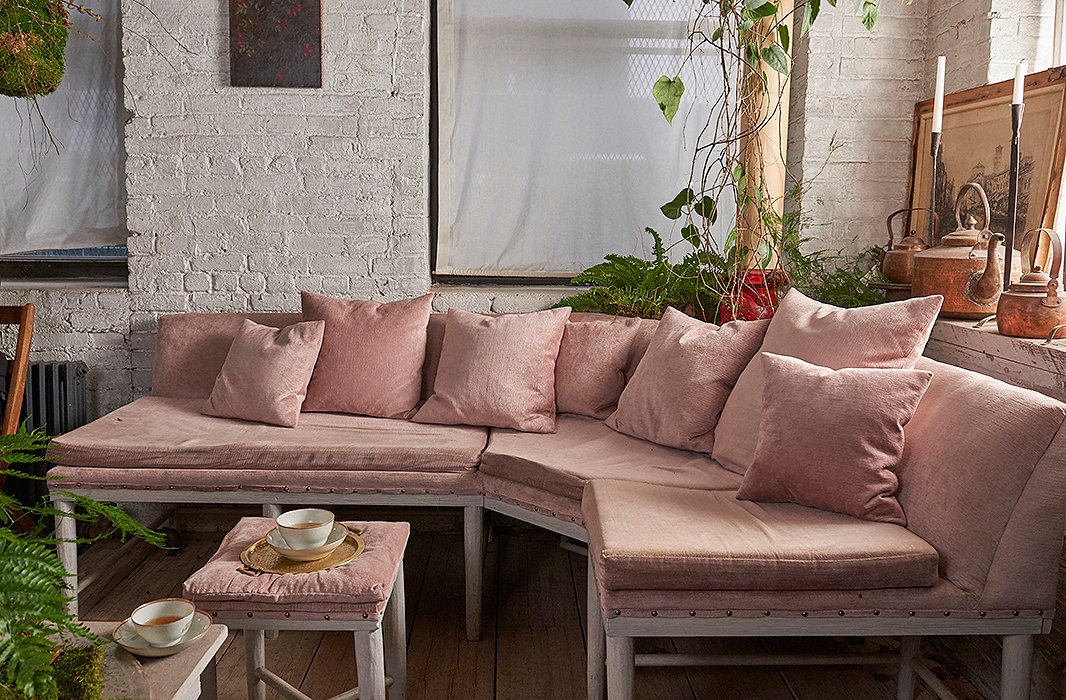
Tucked into a corner of Bellocq’s atelier is this pink room, where clients sit and sip tea while their purchases are being wrapped. It’s a hideaway from the outside world: “People come here for a little peace—or sometimes to break up with their boyfriend,” says Heidi.
Lesson #4: Use Tea for the Tough Moments
Tea has long accompanied the meditations of Buddhist monks for good reason—as Michael says, even in its simplest presentation a cup of tea “puts a pause in your day, almost like meditating. When I get to that weird, crazed moment around 3 p.m., tea gives that break that I need. If you stay at home with kids, maybe that need arises at a different moment of the day.” For her part, Heidi loves to slip downstairs and drink her first cup while her family is still asleep.
A neighbor of mine has turned to tea to answer that late-afternoon sugar siren song—the classic energy dip in the day when I’d give anything for a chocolate-chip cookie. When I asked him what had become his reward, he answered that now, more than anything else, he craves his favorite jasmine silver needle tea.
I decided to try slipping tea into my own morning mix—mornings are always the most harried times, full of jangled energy and looming tardiness. I managed to make our three-year old son, Henry, his own tea—Bellocq’s children’s tea, called Little Dickens—along with Bang Wei, one of Bellocq’s pu-erhs, for me. Henry got to stir in his own honey and watch it disappear, and I got to sit and enjoy my tea for a few beats as we had oatmeal and something that could qualify as conversation. For the first time in months, we weren’t late for his morning class, and I didn’t crash as the day wore on. Those pu-erhs really are magic.
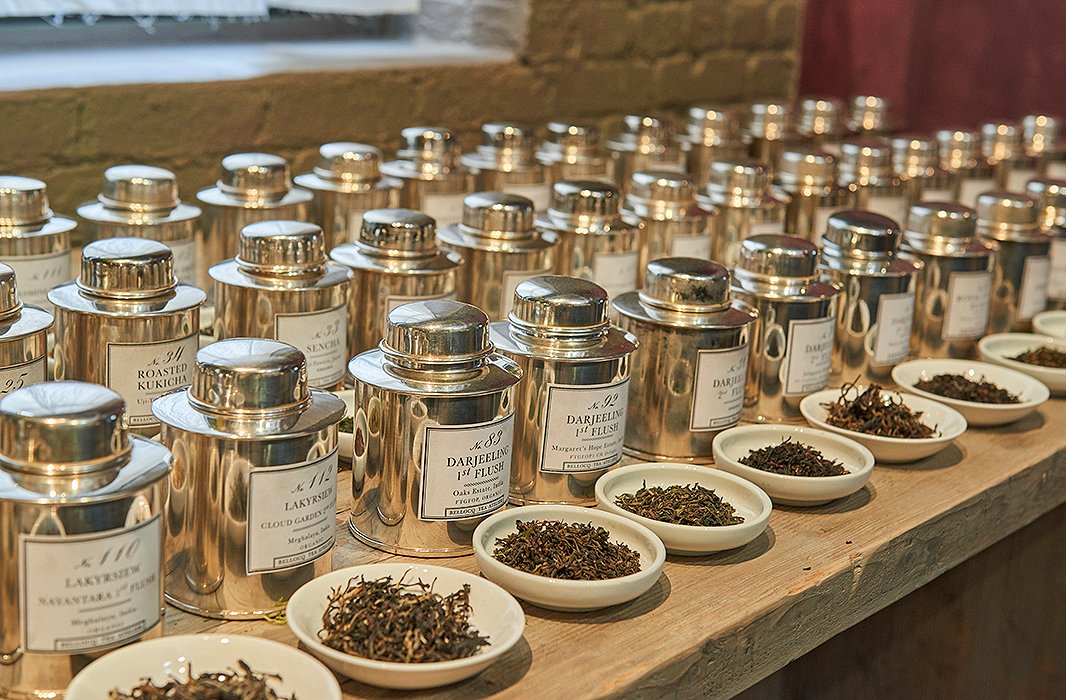
Bellocq’s pure teas—black, green, white, oolong, pu-erh—are all full leaf, single origin. Heidi and Michael often travel to Japan and China to source their leaves.
Lesson #5: Drink the Right Stuff
Stick around Bellocq’s fragrant wonderland long enough and you begin to wonder if you can bear returning to the supermarket tea aisle (thankfully Bellocq will ship anywhere). When you’re faced with the larger world of tea options, here are a few key terms to take note of:
Full leaf: This may be the most important. “Blended teas in tea bags are usually a mix of low-quality grades and will taste watery,” Michael explains. “Full-leaf tea has been carefully harvested and processed, which preserves its flavor.”
Single origin: A single-origin tea comes from one estate—a single tea farm—rather than being a sort of mystery mix of leaves. This gives you a pure feeling of a place, like the mist-covered mountains of China’s Zhejiang Province or the Nepalese Himalayas at peak wildflower season.
Organic: “Tea is agriculture—it has grown on a plant, been affected by the weather, the environment, the soil, the cultivator,” Michael says. A chemical-free tea just tastes better, and its cultivation treads more gently on the earth.
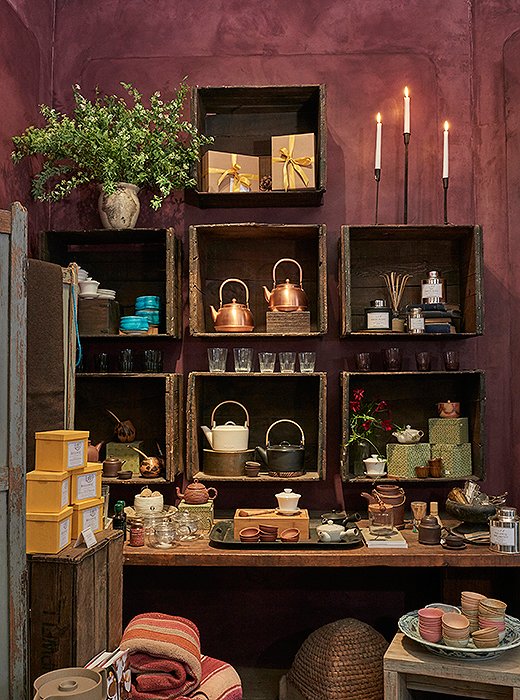
Bellocq is stocked with wonderful little things that help translate the rituals of tea drinking into home life, from perfectly petite teapots to traditional matcha whisks.
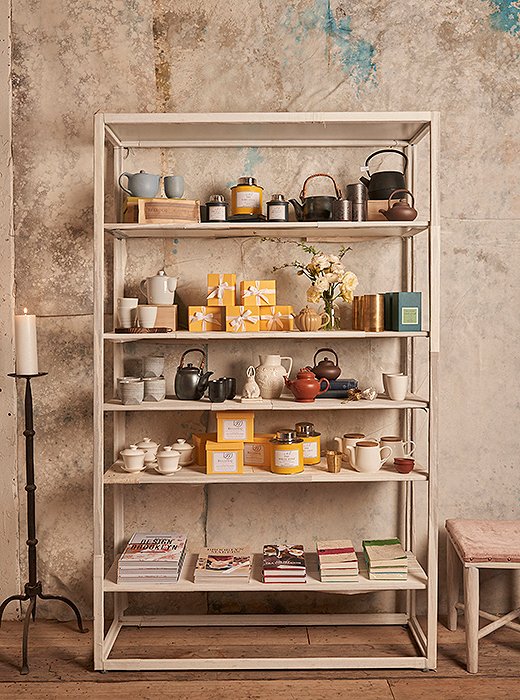
Among Bellocq’s bright offerings are gorgeous tomes that delve into the art and history of tea culture. One such book, The New Tea Companion, is an encyclopedic read for those who want more of an education.

[Tea] puts a pause in your day, almost like meditating. When I get to that weird, crazed moment around 3 p.m., tea gives that break that I need. If you stay at home with kids, maybe that need arises at a different moment of the day.
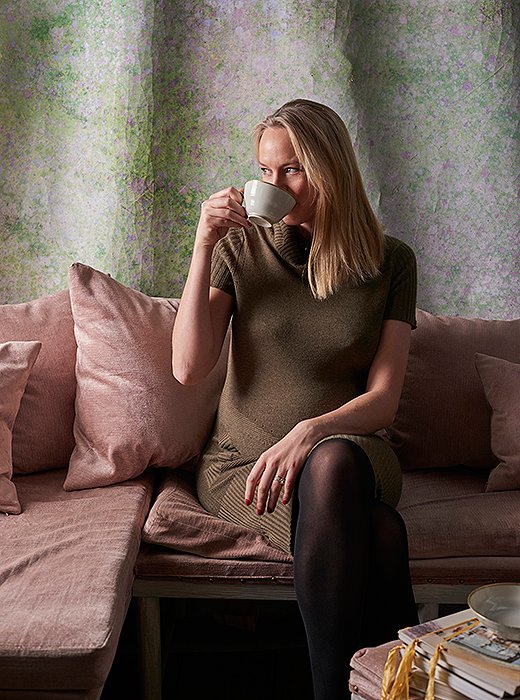
Now eight months pregnant and still chasing after a toddler, I have come to rely on the soft buzz of a good tea to keep going—and love that it’s not harsh and there are no jittery aftereffects.
Lesson #6: Find the Tea to Call Your Own
To become a real convert to all of this, you need to fall in love with the taste of your tea. After a few minutes’ chat, Michael can nail the sort of tea you’ll love with almost psychic insight. For me, he pulled down a yellow canister of Bellocq’s lapsang souchong blend. One whiff transported me to the hu-kwa tea—basically a lapsang souchong—that sits at the nostalgic heart of my childhood. My dad’s family has a generations-old habit of drinking hu-kwa, and even before I began drinking it iced in the summer, I’d inhale the smoky, comforting fragrance of the leaves.
I love thinking of a cup of tea as an indulgent form of self-care. Maybe the next thing to catch on, stateside, is that communal, cozy gathering power tea has in other cultures. A lovely woman I know from Paraguay was recently reminiscing about the mate tea they always made at home with cucumber and mint. “Drinking tea is what keeps the family together,” she said, if for no other reason than that it brings everyone to the table together for a while. Tea’s real role might boil down to that: It can hold things together—body, spirit, community, culture. It’s a big role for a drink, but one that’s worth a try.
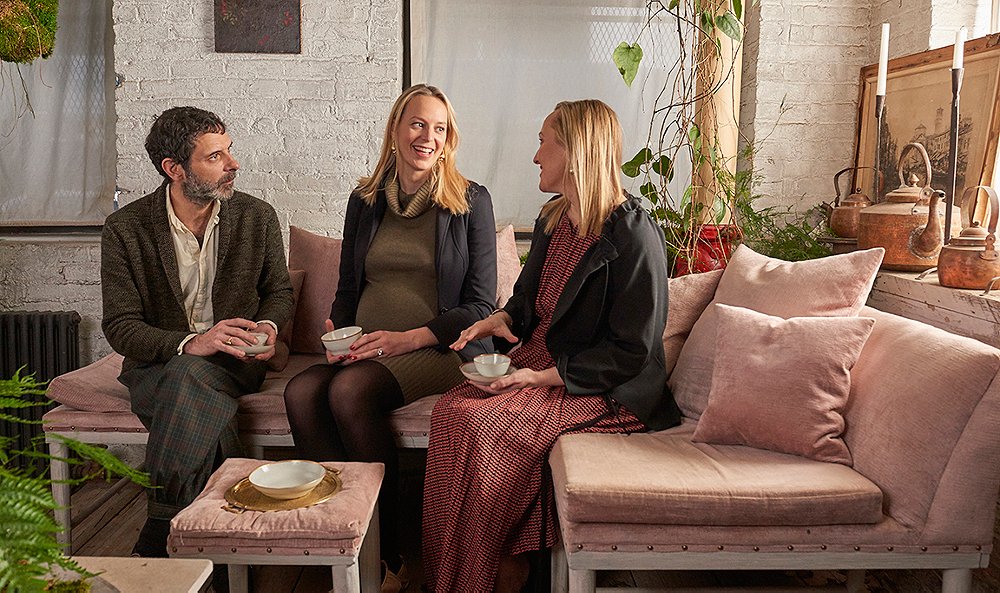
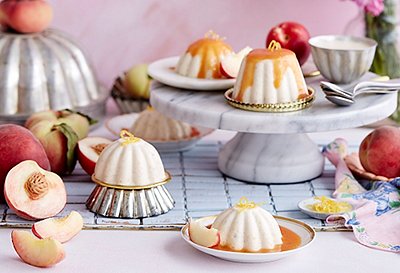
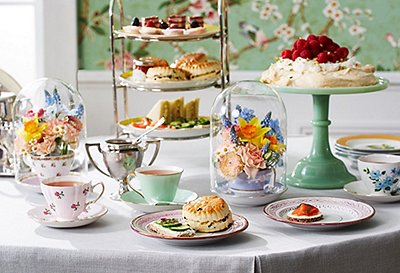
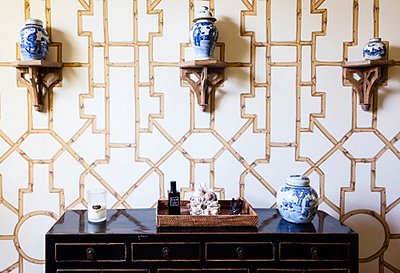
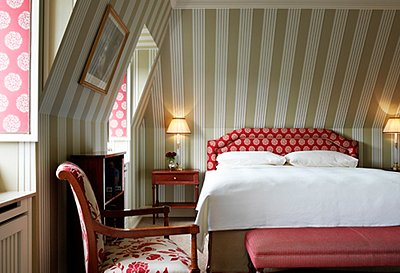
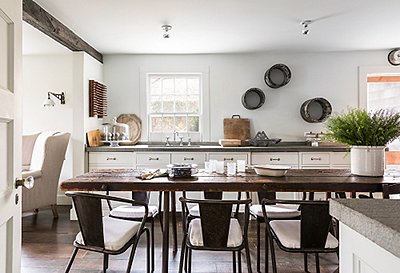
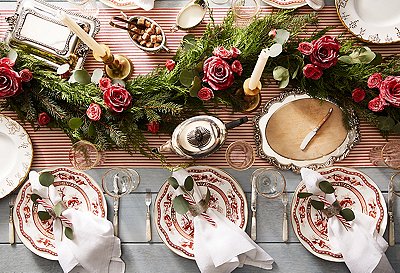
Join the Discussion